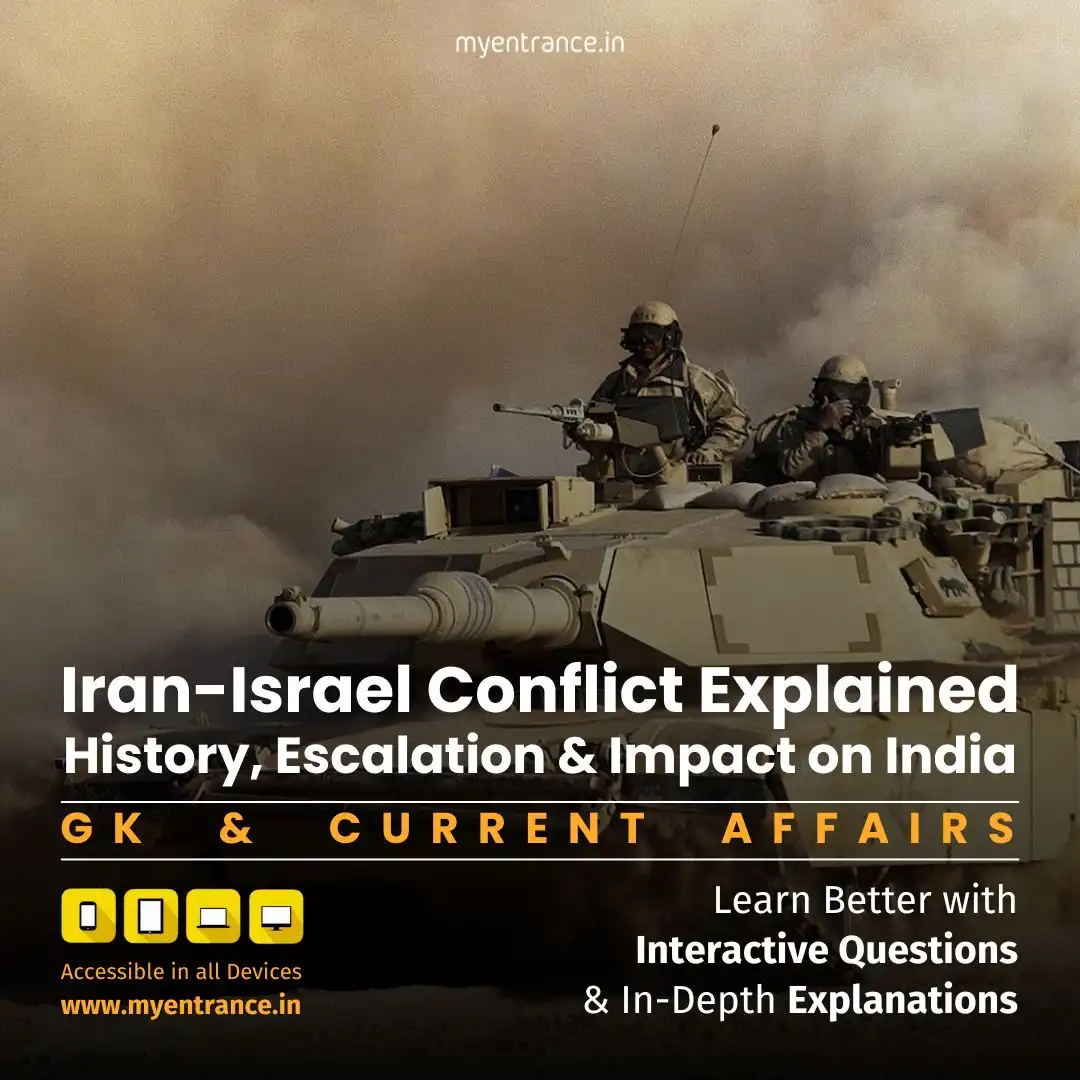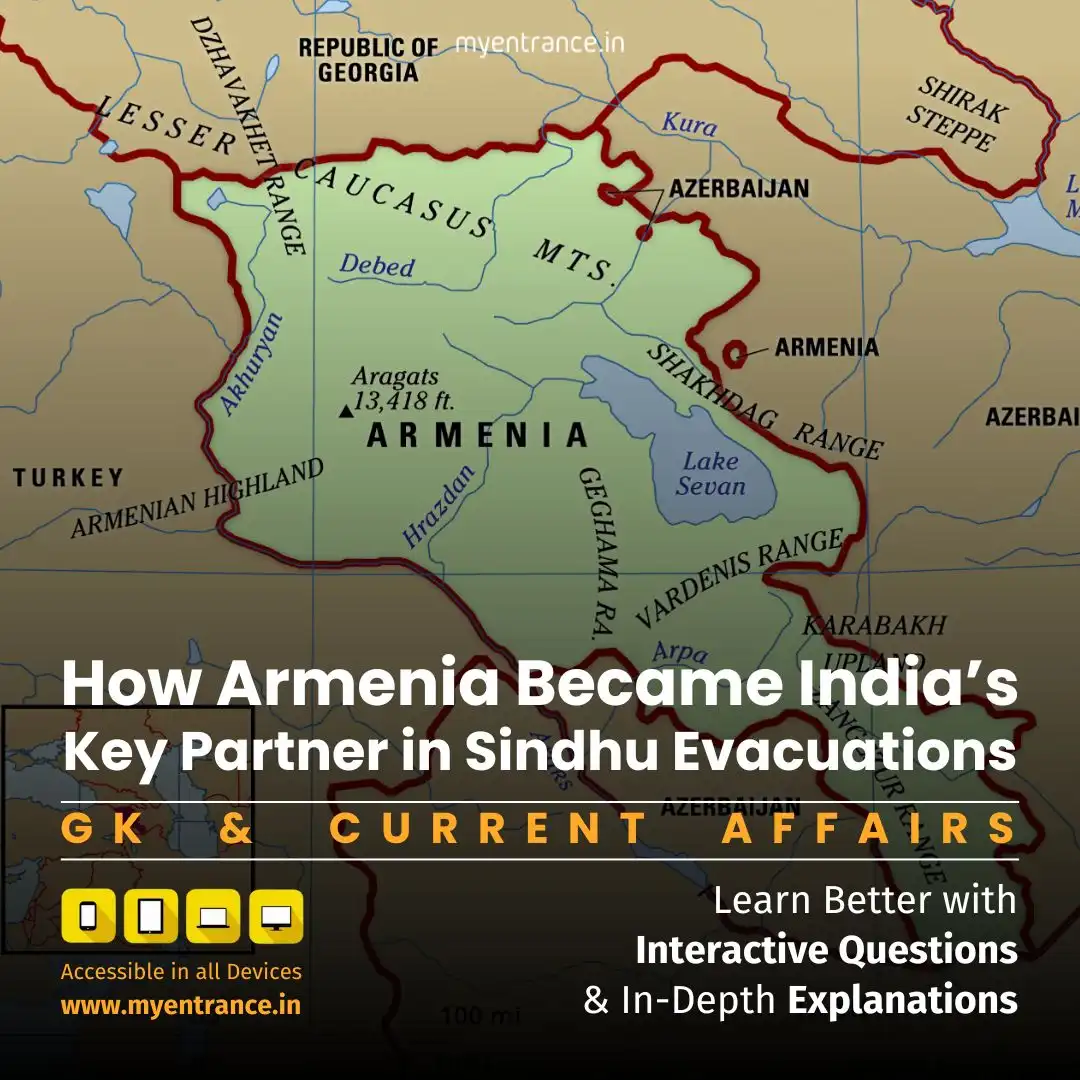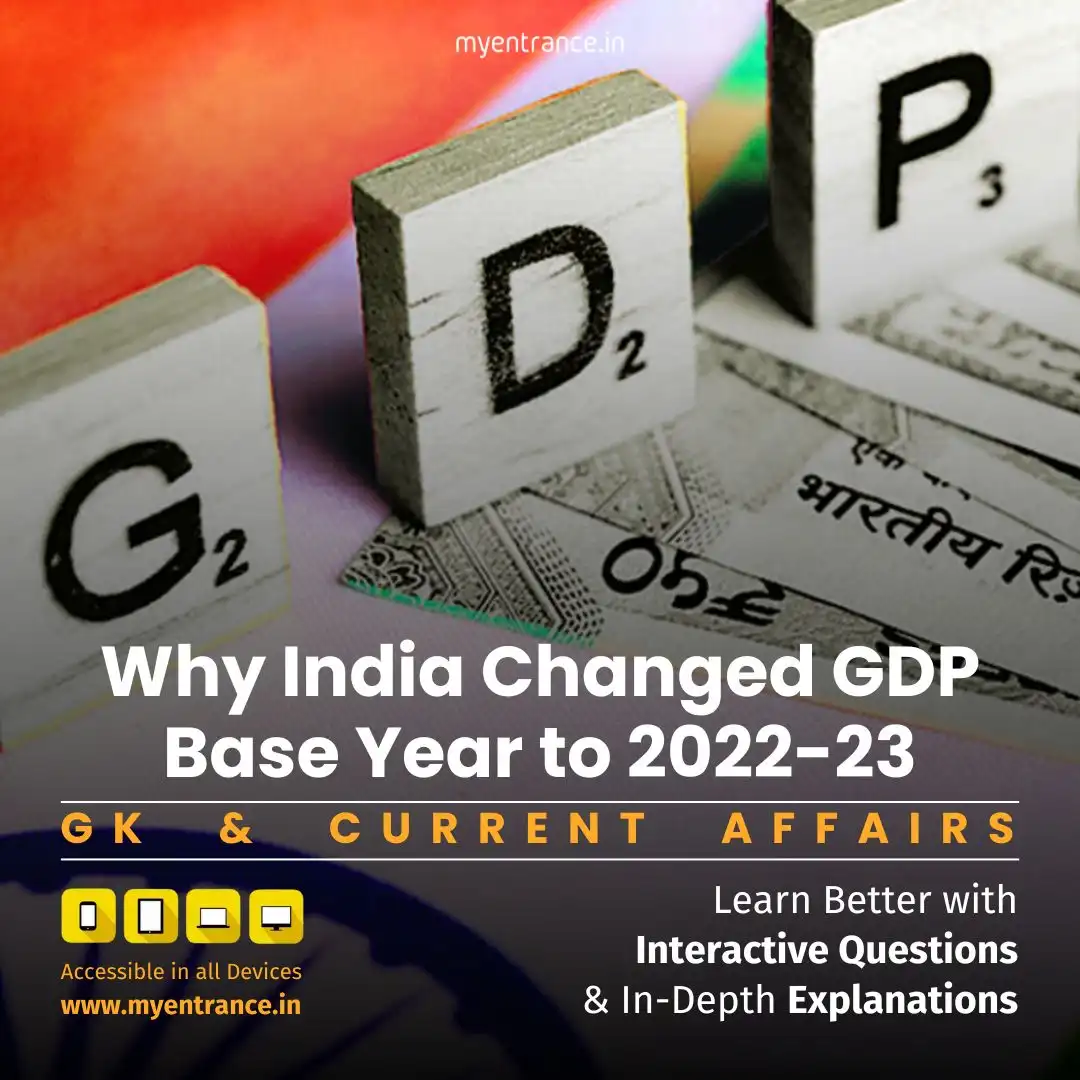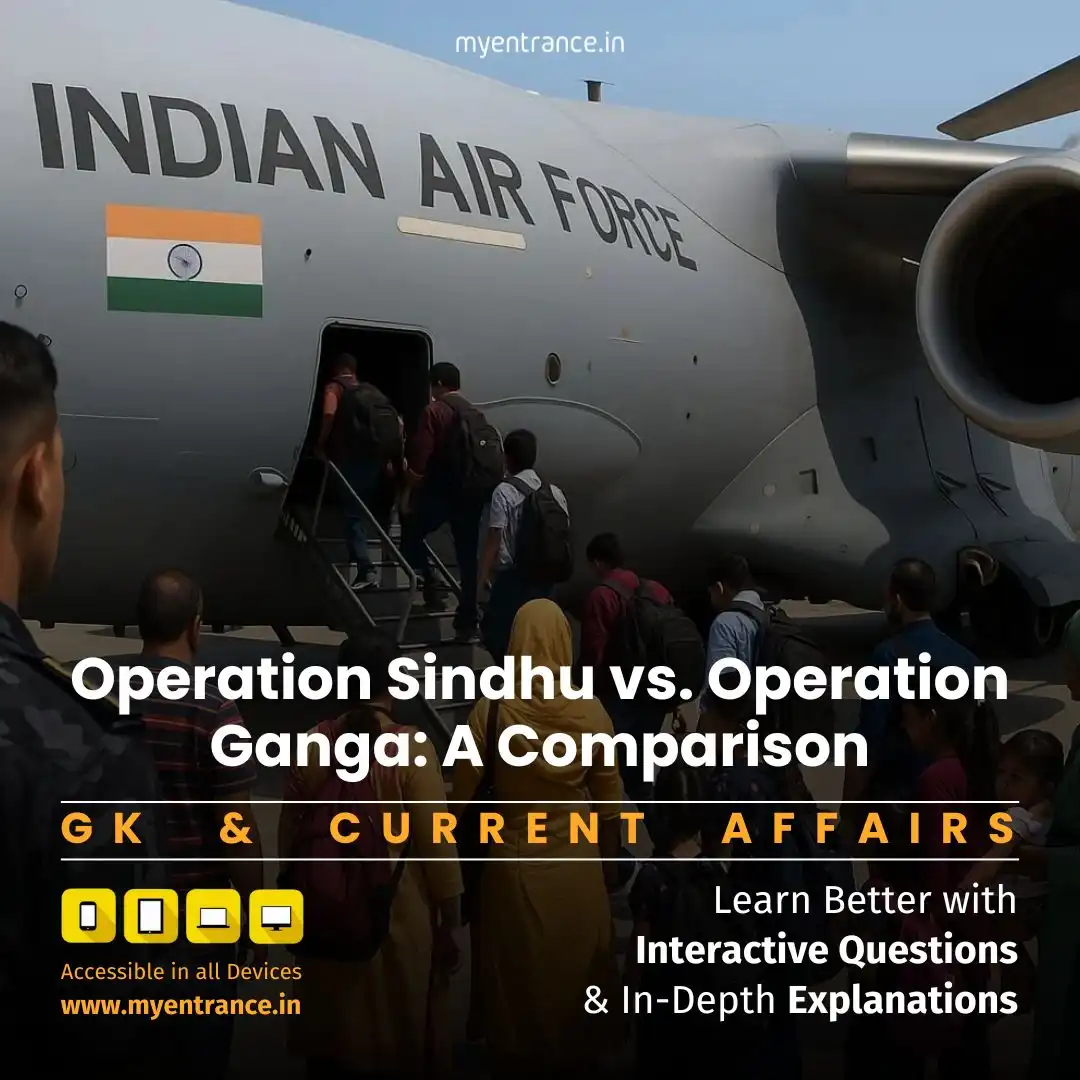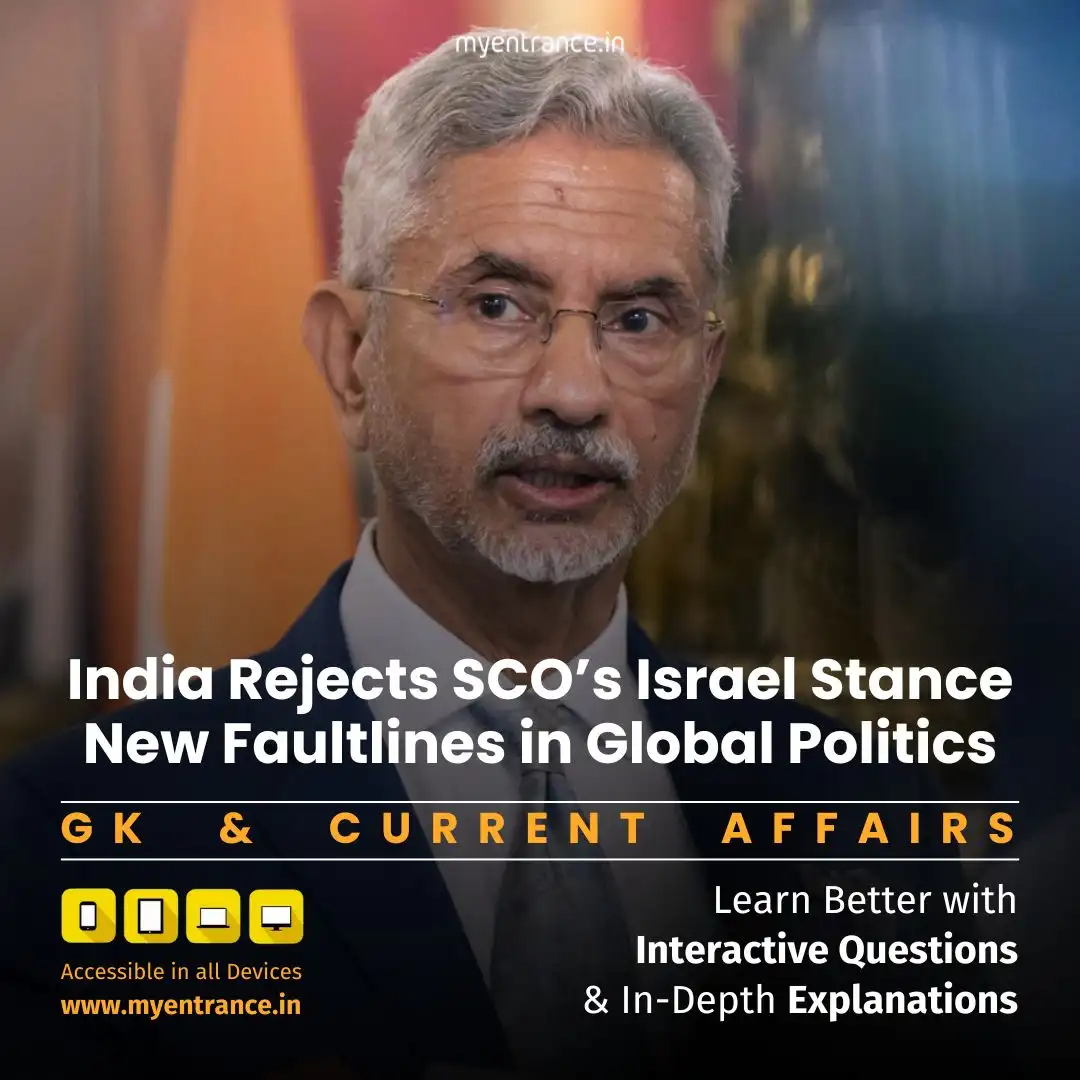Select Language
Iran-Israel Conflict Explained: History, Escalation & Impact on India
Rising tensions between Israel and Iran threaten to destabilize West Asia, with Israel’s June 20 strikes targeting Iranian nuclear sites. This escalation jeopardizes regional security, global energy markets, and India’s connectivity projects – a critical issue for UPSC aspirants.
Q1: How Did Iran-Israel Relations Shift from Allies to Enemies?
Pre-1979 Cooperation:
Iran was the second Muslim-majority nation to recognize Israel (1948), bypassing the Arab boycott.
Under the pro-US Shah Pahlavi, Iran supplied oil to Israel and embraced its “periphery doctrine” to counter Arab hostility.
The 1979 Revolution Turning Point:
Iran’s Islamic Revolution overthrew the Shah, branding Israel an “occupier” and the “Little Satan” alongside the US (“Great Satan”).
Iran pivoted to funding anti-Israel proxies like Hezbollah (Lebanon) and Hamas (Gaza).
Decades of Shadow Warfare (1979-Present):
No direct wars, but covert attacks: Israel targeted Iran’s nuclear scientists and facilities (e.g., Stuxnet cyberattack on Natanz, 2010).
Iran expanded regional influence through militant proxies, challenging US allies (Israel, Saudi Arabia).
Q2: Why Did Recent Strikes Escalate the Conflict?
Immediate Triggers:
Israel’s “Operation Rising Lion” (June 13):
Airstrikes killed Iranian military officers and scientists.
PM Netanyahu cited Iran’s accelerated uranium weaponization as an existential threat.
IAEA Censure (June 12):
First IAEA condemnation of Iran in 20 years for nuclear non-compliance.
Reports revealed secret nuclear activities at 3 sites.
Underlying Grievances:
Iran’s rejection of Israel’s right to exist.
Israel’s “Begin Doctrine” – preemptively striking rivals developing WMDs.
Iran’s support for Hamas post-October 7 attacks.
Q3: Global & Regional Consequences
Oil Price Surge:
Brent crude spiked 11% since June 13; may cross $100/barrel if Hormuz closes.
Energy Trade Disruptions:
Risk of Iran blocking the Strait of Hormuz (25% of global oil transit).
Israel shut its Leviathan gas field, impacting Egypt/Jordan.
Freight Inflation:
Red Sea diversions via Cape of Good Hope could raise shipping costs by 30%.
Q4: Impact on India
Strategic Risks:
INSTC Corridor Threat: Iran is vital to this India-Russia trade route (cuts Suez transit by 20 days).
Chabahar Port Vulnerability: India’s gateway to Afghanistan/Central Asia faces instability.
Economic & Diplomatic Fallout:
Inflation Risk: Rising oil prices strain India’s import-dependent economy.
Balancing Act: India must navigate ties with Israel, Iran, and Gulf allies simultaneously.
Expat Safety: 8 million Indians in Gulf nations face conflict spillover risks.
Sample UPSC Q&A:
Q: What was Israel’s “periphery doctrine” in Iran relations pre-1979?
A: A strategy to counter Arab hostility by allying with non-Arab states like Iran.
Q: Name two Iranian proxies involved in anti-Israel activities.
A: Hezbollah (Lebanon) and Hamas (Gaza).
Q: How did the IAEA escalate tensions before Israel’s June 13 strikes?
A: It censured Iran for nuclear non-compliance after discovering secret activities.
Q: Why is the Strait of Hormuz critical in this conflict?
A: 25% of global oil passes through it; Iran could block it in retaliation.
Q: How does the Iran-Israel conflict endanger India’s INSTC project?
A: INSTC relies on Iranian corridors; war disrupts this India-Russia trade route.
Most Predicted Questions
Comprehensive study materials, Expert-guided tips & tricks, Mock tests and instant results.
Start your SSC, NIFT, NID, FDDI, PSC journey today with MyEntrance, your ultimate online coaching platform.
